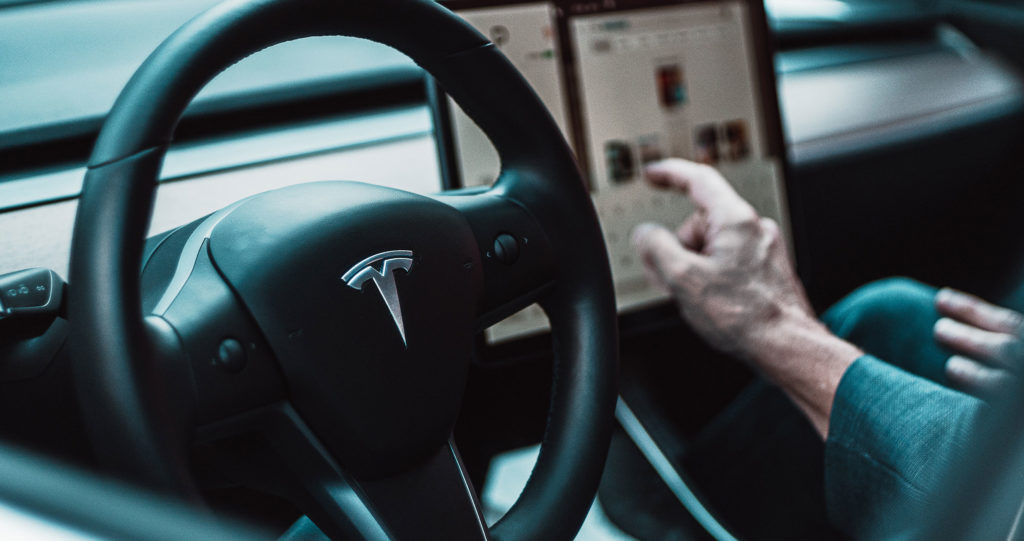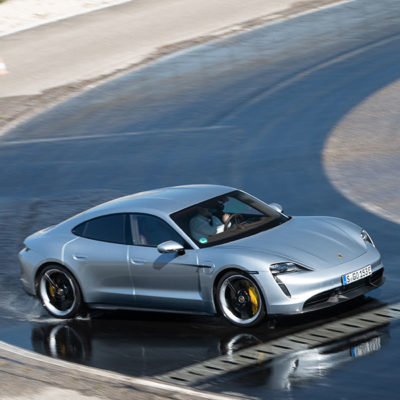Thinking
Analyst View: Auto in the Fast Lane

Tesla’s recent announcement that a beta test for the Full Self-Driving (FSD) feature of its Autopilot has started highlights the impact the company has had in altering the automotive industry with its commitment to technology. The highlight of the news was that the company had completed a total rewrite of the software stack that powers the Autopilot.
The company clearly states its coding goals on its AutoPilotAI page, citing throughput, latency, correctness and determinism as the main metrics used to optimize code. Combined with custom hardware that includes eight surround cameras, twelve ultrasonic sensors, forward facing radar, and enough compute power to drive its neural network, the company is aggressively chasing after CEO Elon Musk’s goal of reaching level 5 autonomy, the highest level per the Society of Automotive Engineers (SAE).

The rate of change in the industry is likely to increase as true autonomous solutions emerge. Already, the industry faces pressure as traditional new vehicle sales have been flat in the United States since 2015, and are down sharply in 2020 as customers find less of a need to commute. Third quarter new vehicle sales declined by 9.7% compared to 2019. While a sharp decline, the losses were an improvement from the drop of 31% in the second quarter. Bankruptcies such as the one from rental company Hertz this spring certainly don’t help the situation. In the UK, the BBC headline grabbed attention with “September Sales the Worst in this Century”, as new registrations posted the lowest level since the current system was started in 1999.
As Tesla pushes ahead with Full Self-Driving autonomy, the business model of the industry is likely to change. Between building up subscription revenue for its software, to rolling out a fleet of robotaxis, Tesla is seeking new monetization streams to diversify away from the traditional sales and service model. It’s possible that Tesla robotaxis will be seen as soon as next year, and the service is seen by CEO Musk as the path to profitability for the company. He has frequently stated his goal of putting one million robotaxis on the road in the near future. That said, Tesla is not the leader in this area. Alphabet’s WayMo division is live with fully driverless taxis.
The self-driving taxi service called Waymo One, open to the public, is operating in a 100 square mile area of Phoenix, Arizona. While prior tests included a human supervisor in the driver seat, now the only people inside the vehicles are the passengers. Pony.ai, based in China, has a pilot program in California to deliver packages to consumers using their autonomous cars, in addition to its robotaxi program in Beijing and Guangzhou. The company received a $400 million investment from Toyota in February of 2020 that values the firm at over $3 billion USD, and Pony.ai claims to be the first company to offer self-driving car rides to the general public in China.

The push back has already started. In the spring of 2019, Amazon reversed its decision to build a second headquarters in New York City after local politicians and protestors made an issue of pointing out the fallacy of providing tax subsidies to a company that would likely result in further strain on the city infrastructure and housing issues. In an anxious world, customers are going to see the accelerating state of decline for traditional retailers as the record number of 9,500 retail stores that closed in the United States in 2019 is poised to be eclipsed. Estimates for retail closures run as high as 25,000 stores shut down permanently in 2020 as every 1% increase in online sales translates into a downstream effect of closing roughly 8,000 traditional retail stores.